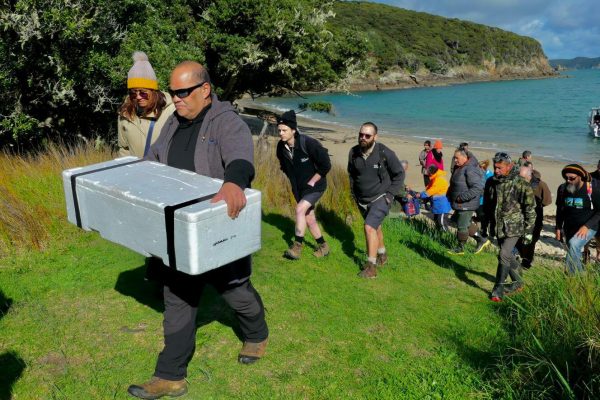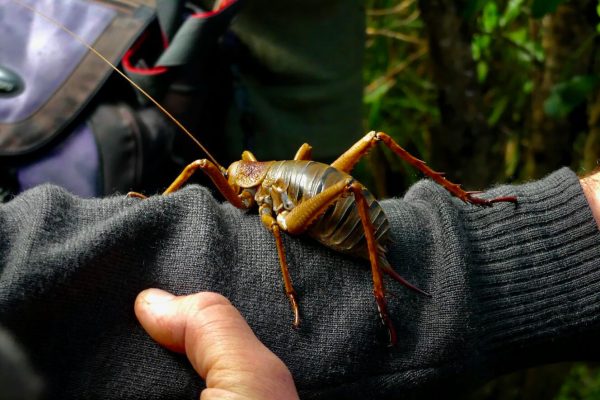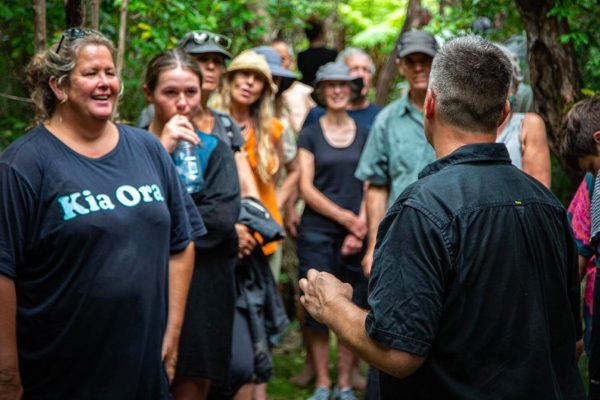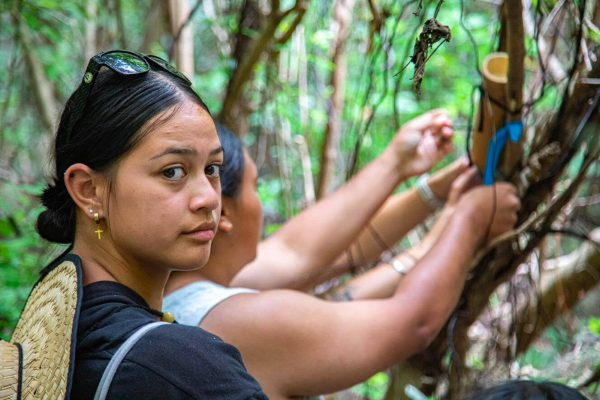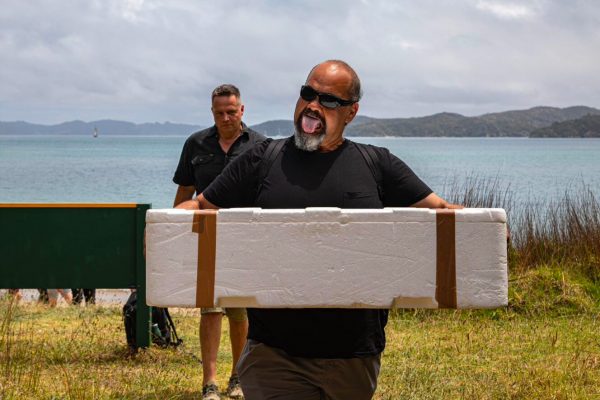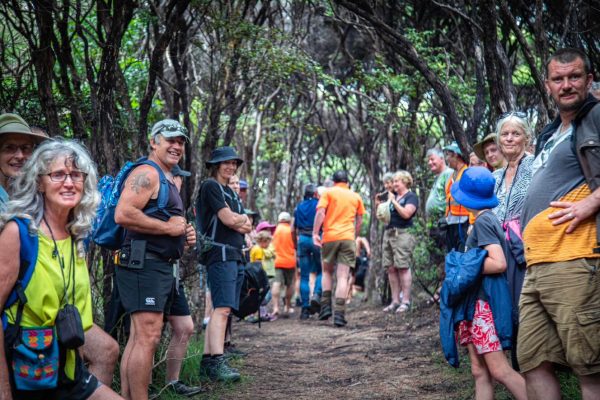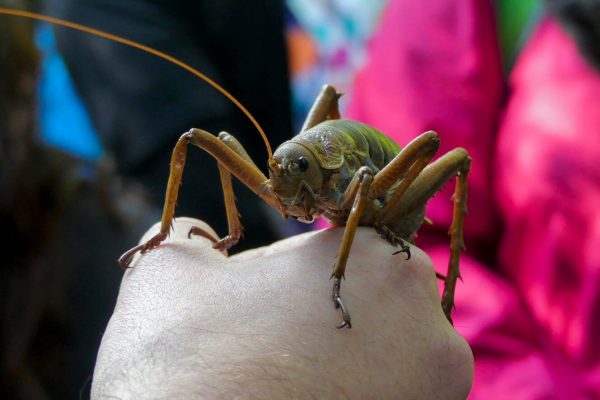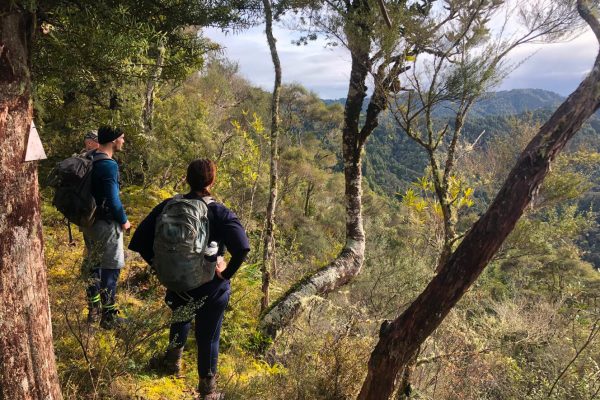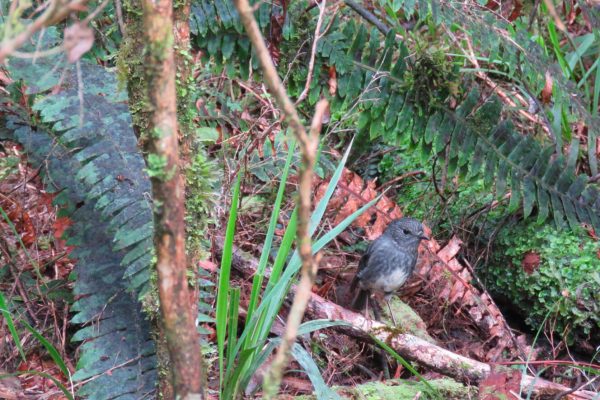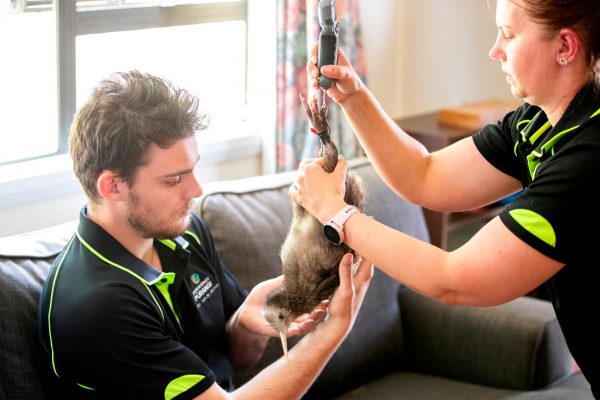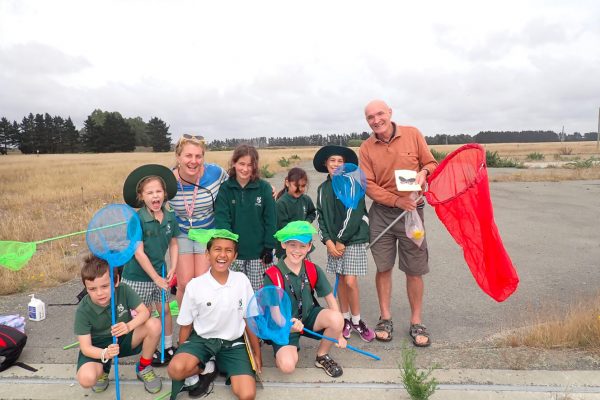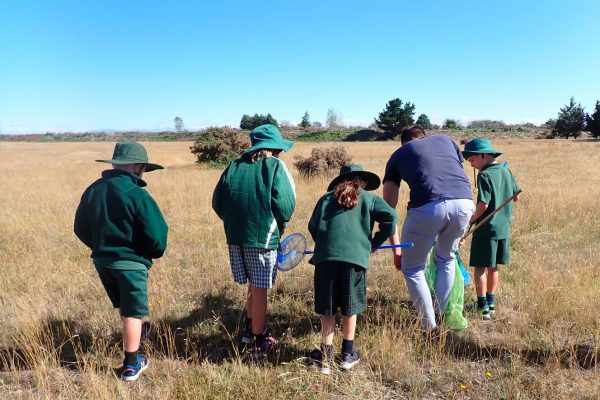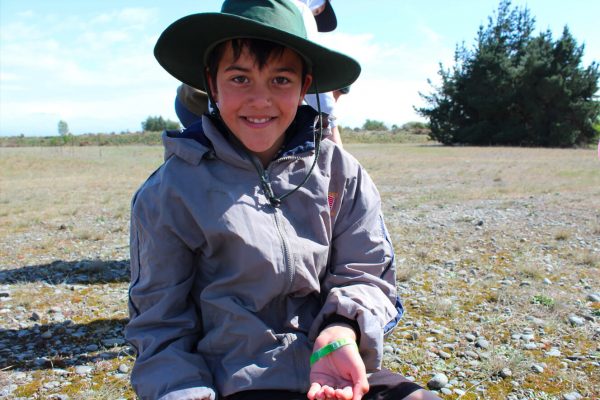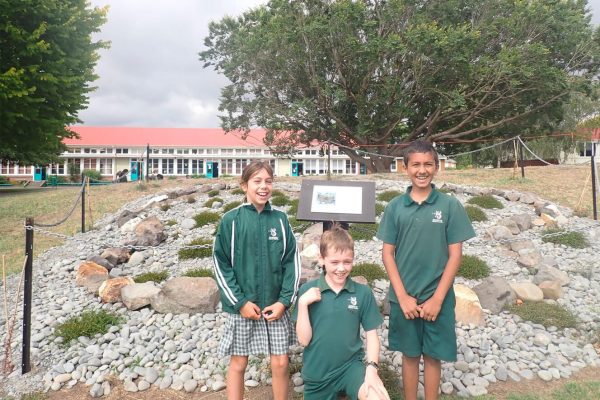From breeding giant wētā to pest eradication, growing the kiwi population to creating eco-sanctuaries: WWF-New Zealand funded projects are making a huge difference to our natural environment and enabling a world where people live and prosper in harmony with nature.
WWF-New Zealand (WWF) has been our highly valued Environmental Donation Manager (EDM) for the past 20 years. It has been a pleasure to work alongside them to fund and support environmental projects across Aotearoa.
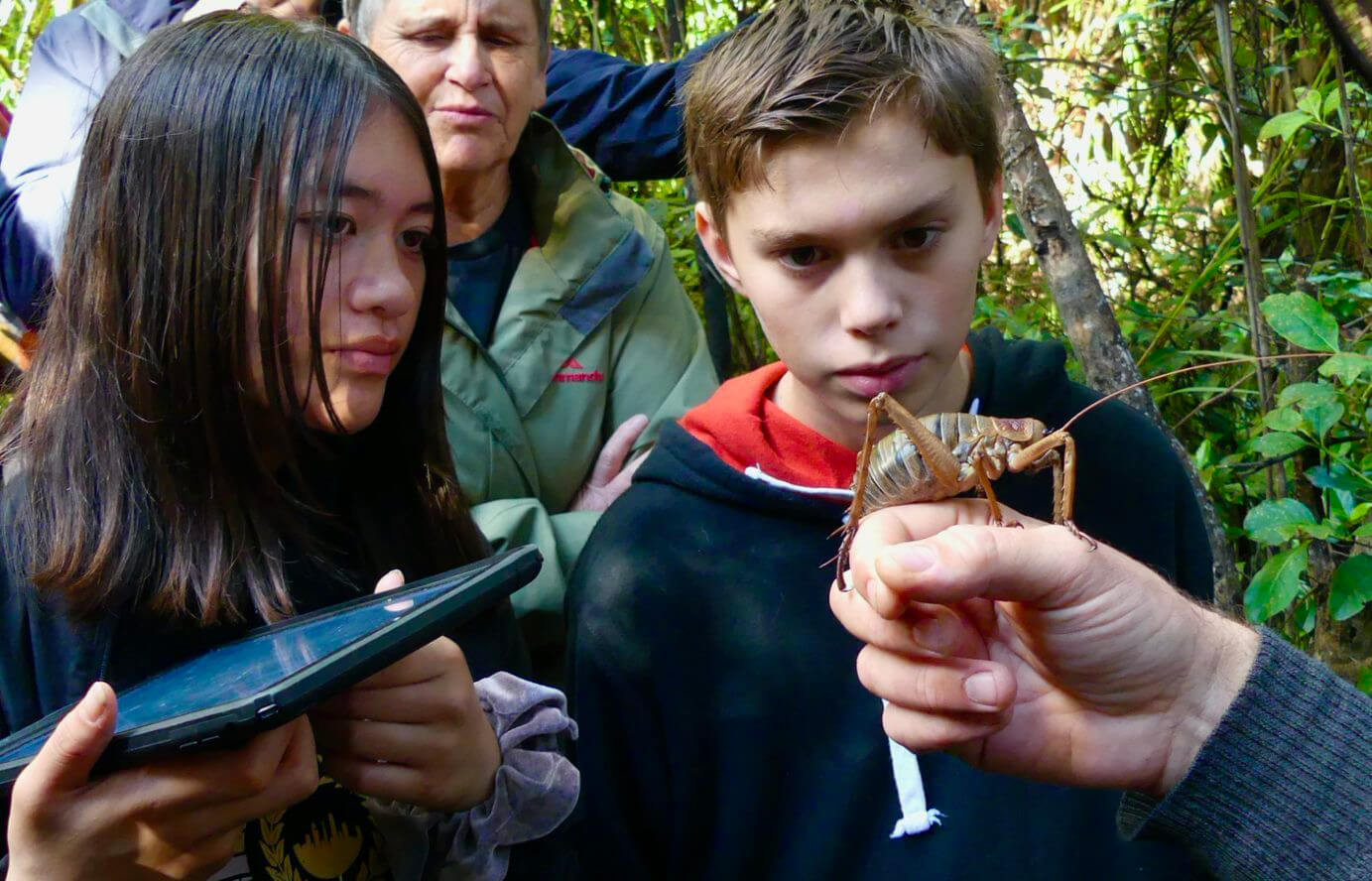
This high-trust partnership has seen WWF distribute more than $6.5 million of TTF donations to conservation initiatives, environmental education and action projects, and other national projects that support climate change action and marine protection.
As our EDM, WWF oversees two funds: the Community Conservation Fund and the Environmental Education Action Fund. In the course of 20 years WWF has distributed over $5 million of TTF donations in these funding streams to support grassroots environmental initiatives. Over 400 groups have received support, some with donations from both funds.
Livia Esterhazy, CEO of WWF-New Zealand, says that community-led conservation projects are at the heart of restoring kaitiakitanga (guardianship) of Aotearoa from sea to sky.
“The projects funded through this collaboration are critical to the ongoing protection and restoration of our land and sea. Empowering local groups, iwi, hapū, businesses and organisations to take action in their communities is why WWF and TTF have collaborated for the last two decades, and why we are so proud to continue this very important partnership.”
TTF has also teamed up with WWF to fund environmental initiatives with national reach, distributing $1.5 million in donations for, among others, the Community Conservation Awards, climate change initiatives and marine conservation programmes.
This year the Community Conservation Fund gave away $160,554 to 12 groups across Aotearoa working for healthy, thriving ecosystems and sustainable, resilient communities. The Environmental Education Action Fund distributed $68,264 to 10 projects that nurture environmental scientists, conservation rangers, tangata whenua decision makers, social entrepreneurs, and leaders and changemakers of the future.
TTF’s Funding and Relationships Manager, Martina O’Driscoll, acknowledges WWF for supporting hundreds of community environmental initiatives across the country.
“Our relationship with WWF is a really special one that has been central to our local environmental funding over the past 20 years. Without the hard work of the WWF team we would never have reached all the community and education initiatives that we have. We are grateful to the team who have worked tirelessly to support environmental projects that are making a real difference in Aotearoa and creating a better future for generations to come.”

WWF Representatives
Success Stories
Guardians of the Bay of Islands: Project Island Song
Donation amount: $10,820
Giant wētā return to Bay of Islands for the first time in 180 years
Thanks to the hard work of a dedicated team of conservationists, over 200 giant wētapunga — the heavyweight of the insect world — now reside on the pest-free islands of Ipipiri, in the eastern Bay of Islands.
It was an emotional moment for the community conservation group Guardians of the Bay of Islands, Te Rāwhiti hapū Ngāti Kuta and Patukeha, and Auckland Zoo when the wētapunga were released on to three islands in the bay — Urupukapuka, Moturua, and Motuarohia — in December 2020 and again in June 2021.
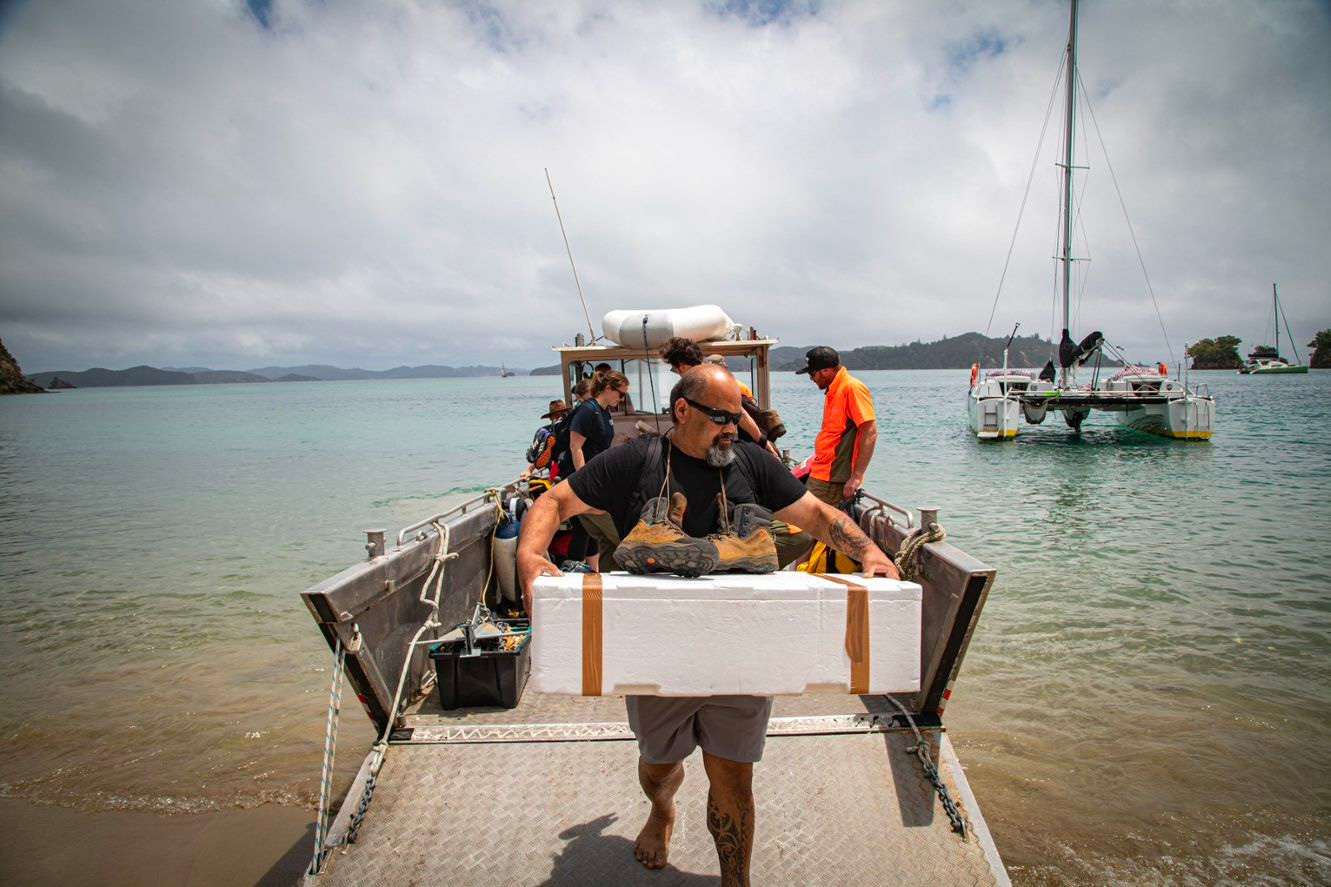
Wētapunga were once widely distributed between Auckland and the Bay of Islands, but the introduction of animal pests brought the species dangerously close to extinction. Last seen in Paihia in 1838, this precious native insect became restricted to a single island (Te Hauturu-o-Toi/Little Barrier Island).
Now, after 180 years, wētapunga have returned to the Far North and will help improve the ecological integrity of the islands’ ecosystems. The species will provide an additional food resource for other fauna and improve soil health via its large droppings, formed mainly of digested leaf material.
“The wētapunga is an incredibly threatened species,” says Project Manager Richard Robbins. “And they are a very important part of the ecosystem. Wētapunga may look frightening, but they are gentle giants, making them an easy meal for feral cats, rats and other pest-predators,” he adds.
Auckland Zoo sourced the wētapunga on Te Hauturu-o-Toi/Little Barrier Island as part of a specialised captive breeding programme, which releases their offspring to help create secure new populations. “Critical to the wētapunga recovery programme is the kaitiakitanga of all mana whenua of Te Hauturu-o-Toi, in particular Ngāti Manuhiri, Ngātiwai and Ngāti Rehua,” says Richard.
Guardians of the Bay of Islands and partners have been working together on Project Island Song for three years. And this is just the beginning: the team is planning another six or seven releases of wētapunga over the next three years.
“The first two releases were very significant for everyone involved, especially the mana whenua and kaitiaki of Ipipiri ,” says Richard. “Having the wētapunga back in the Bay of Islands makes a huge difference to us and keeps us connected to the whenua.”

Richard is optimistic the wētapunga will thrive on the islands and expects the Ipipiri population to be up in the thousands by 2023. The hard work continues with post-release monitoring of the wētapunga, the ongoing captive breeding programme and keeping the islands pest free.
WWF funding, which came from the Community Conservation Fund, supported project delivery costs and enabled the project manager to run this species recovery programme.
Pūrangi Kiwi and Kōkako Project
Donation amount: $14,900
Growing the populations of kiwi and kōkako in Taranaki
A community-habitat protection project has created a safe home for over 2000 kiwi to live in East Taranaki. Here, the East Taranaki Environment Collective has controlled predators across 13,000 hectares of Department of Conservation, iwi and private land — allowing kiwi, kōkako, long-tailed bats and other native species to thrive.
East Taranaki is an area of significant habitat for at-risk indigenous species. The collective, which is run by Inglewood-based East Taranaki Environment Trust, strives to work with as many different organisations and people as possible to protect taonga (treasured) species within Taranaki, with a focus on the iconic kiwi and kōkako.

Conservation Manager Kat Strang says this important conservation work has increased the population of adult kiwi in the area to more than 2000.
“While it’s difficult to give an exact number of kiwi that have been protected through our work, we know from kiwi call surveys that the population has grown since the predator controls were implemented. Now the population has reached one pair per 12.5 hectares, which is at least 2000 kiwi roaming around.
“It is wonderful to see the support our work has from members of our local community. The stories of people hearing more kiwi calls on their land is something that keeps driving us to continue this work and is always a highlight.”

In autumn 2018 the collective re-introduced 20 kōkako into the Pouiatoa Conservation Area, and while some of these birds have dispersed, several pairs have settled and bred successfully. “At least five kōkako are unbanded, meaning that they were hatched here and have been recruited into the population. We are currently working with the Kōkako Recovery Group on potential future translocations to bolster this population,” says Kat.
The Pūrangi Kiwi and Kōkako Project has been so successful that building of new pest-control tracks is now underway to protect kōkako nesting in hard-to-reach areas as well as the growing kiwi population, which is spilling out to unprotected land.
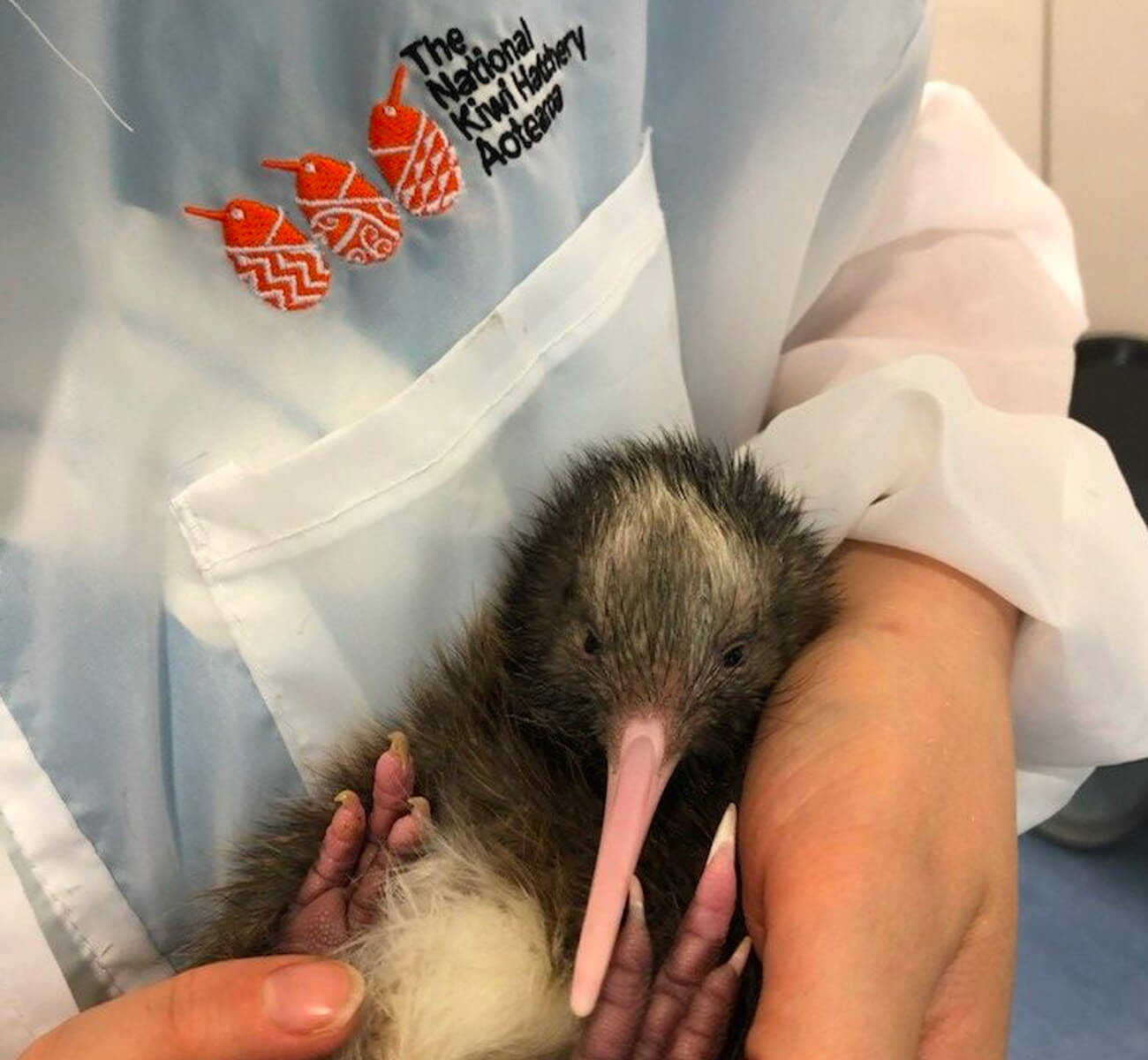
Photo credit: Kiwi National Hatchery
“Our aspirational goal is to establish an eastern corridor between all of the different conservation organisations, which will create a halo from State Highway 3 to State Highway 43,” Kat enthuses. “This will protect these kiwi that are naturally dispersing from our protected area. We will continue the work to provide a place for kiwi and other native species to thrive.”
And, with the help of volunteers working alongside skilled contractors, the team is well on the way to establishing 5 km of new track lines, which will help the kōkako population and ensure precious chicks can survive. The team has been delighted to find fresh kiwi tracks on one of their new predator control tracks.
“While we’re a small team, we have managed to accomplish a lot over time with the help of volunteers and the community. Every time that we see or hear a kiwi, kōkako, robin, tomtit or any other vulnerable species, it’s a testament to the hard work that is put in by the team and all those that help to support us,” Kat concludes.
WWF’s Communication Conservation Fund is paying for the upkeep of the existing track network and the creation of new tracks to enable safe movement of staff and volunteers throughout the project site for activities such as pest control, kiwi and kōkako monitoring, and kiwi egg lifts.
B5 (Burnside Brings Back Boulder Butterfly)
Donation amount: $13,847
Burnside Primary School children bring back the Boulder Copper butterfly to Christchurch
Thanks to a love of conservation, an obsession with all things creepy crawly and a passion for butterflies, the students at Burnside Primary School in Christchurch have brought the Boulder Copper butterfly back to the city in a New Zealand first.
The B5 (Burnside Brings Back Boulder Butterfly) Project, funded by WWF, is a student agency programme in which ākonga (students) get involved in all aspects of planning, creating and learning while guided by teachers and entomologists.
The Boulder Copper butterfly used to live across Canterbury, mainly near braided rivers. Coinciding with a loss of habitat, Boulder Copper numbers have rapidly declined and they are now found only sparingly in a few locations across Canterbury — and were no longer in Christchurch City.

The project set out to translocate the butterfly to Burnside Primary’s purpose-built habitat, increase the population and raise awareness, all through student-led action. “Never before has a butterfly garden been created for one of our endemic butterflies with students involved in translocating and re-establishing the species,” says Bianca Woyak, science teacher at Burnside Primary School.
“The students wanted to bring as many insects as possible into our native garden area. They talked to naturalist Ruud Kleinpaste, asking him if we had any native butterflies in Canterbury, he asked butterfly specialist Brian Patrick, and the B5 project was conceived.”
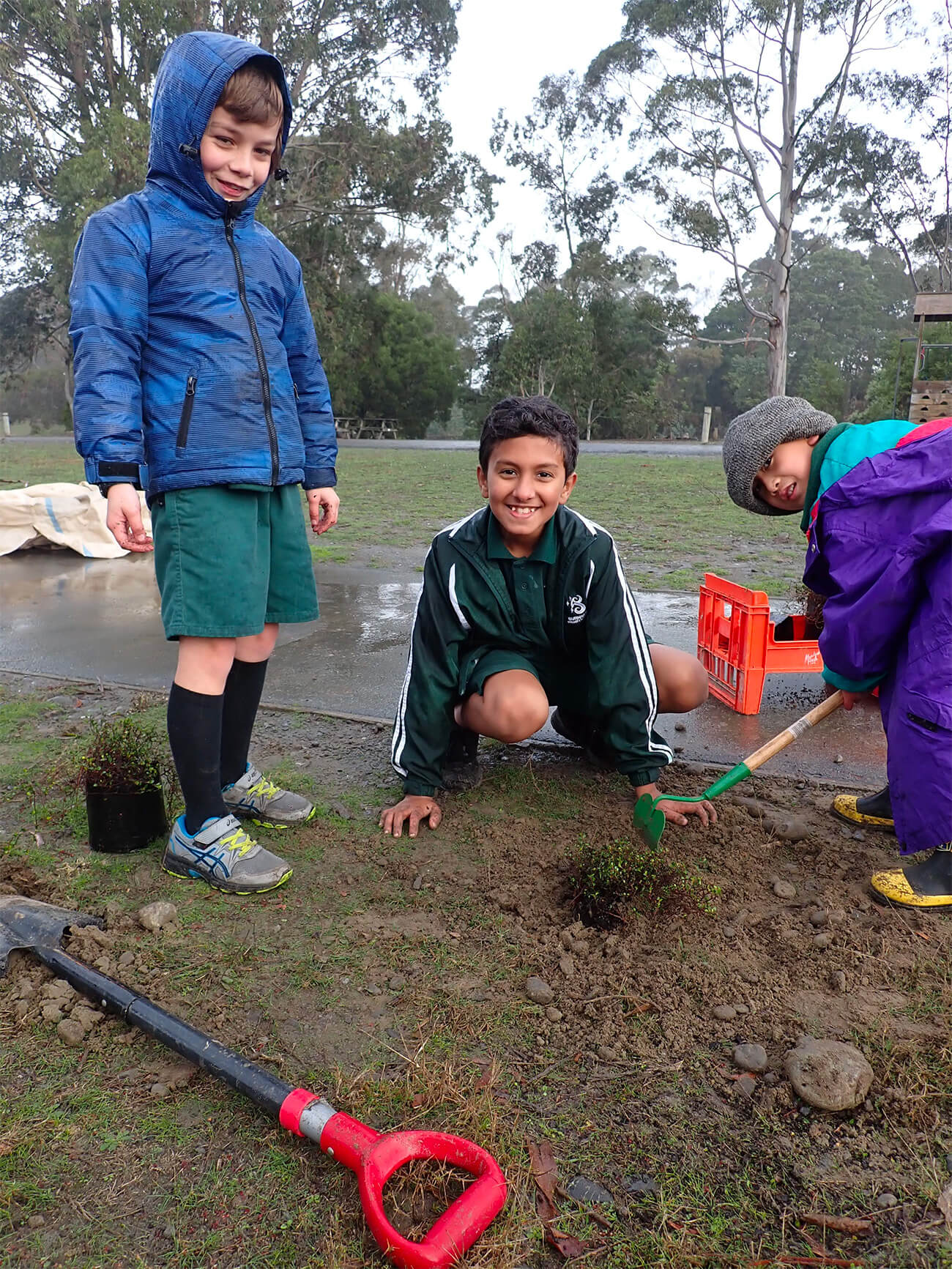
After being involved in the B5 project, ākonga have much more confidence and gain a passion for conservation, Bianca reports.
“The students loved being in the field with Ruud and Brian learning how to catch butterflies, and their faces broke out in amazement looking at butterflies’ tiny scales under the microscope.”
The butterflies have settled in well to their new rock garden at Burnside Primary. After the students translocated the first 15 in February 2021 they saw the butterflies for a couple of weeks and then had a nervous wait to see whether they had bred and laid eggs.

“We were waiting all winter and then, amazingly, early in the season one of our B5 students saw the first butterfly,” Bianca recalls. “We were all so happy that the butterflies have made Burnside Primary their new home, and seeing the first butterflies born on site was amazing!”
B5 students have become so keen on conservation they are helping other schools to create rock gardens of their own. They have made other community connections and are pursuing other projects that they now have the first-hand skills to make happen.
“The highlight for me,” Bianca says, “was the students using their skills to convince our local zoo, Orana Park, to create their own Boulder Copper habitat to further educate the public. We have designed and built the habitat, and will be opening it in November 2021.”
The donation from WWF freed Bianca’s time to concentrate on the project, supported the students and teachers to go on field trips, and funded vital equipment like microscopes.

